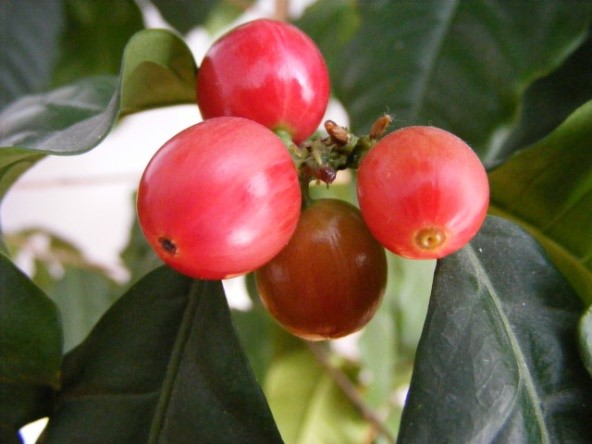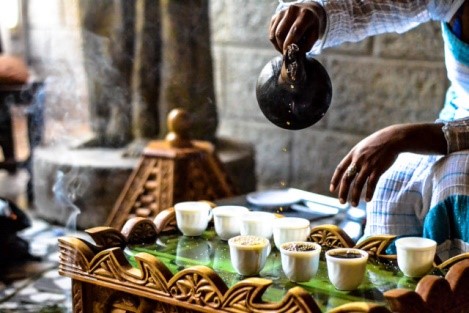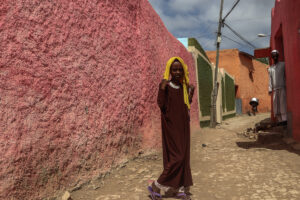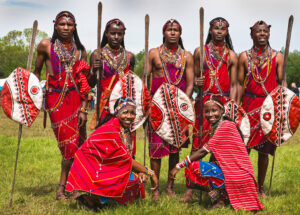Coffee is one of the world’s most widely consumed beverage as it is a “must-have” morning essential for millions, and not a few people admit taking one cup before bed. No other beverage is as central to several cultures and a constant feature for so many scientific, philosophic, and political conversations as coffee has been for so many centuries.
Researchers agree that Ethiopia is the discovery place of the Coffee Plant. Once the stimulating effect due to its high caffeine content was discovered, coffee became popular around the world and was transported by missionaries and explorers to distant parts of the planet where it now accounts for over 50% of some developing nations’ foreign exchange earnings. As of 2018, Brazil was the leading grower of coffee beans, producing one-third of the world total. Read more about the History of Coffee.
The coffee tree averages from 5–10 m (16–33 ft) in height. Once ripe, coffee berries are picked, processed, and dried. Depending on the variety, it will take approximately 3 to 4 years for the newly planted coffee trees to bear fruit. The fruit, called the coffee cherry, turns a bright, deep red when it is ripe and ready to be harvested. Dried coffee seeds (referred to as “beans”) are roasted to varying degrees, depending on the desired flavor. The first instant coffee was invented by inventor George Washington in 1909. Read on the detailed steps involved for your commercial coffee to reach from seed to cup.

In Ethiopia and Eretria, the coffee ceremony has brought neighborhoods together for many years. The coffee ceremony starts with the set-up of the small china cups over the box they are stored in, the “Jebena”- a clay pot used to brew the coffee and other essentials. The green coffee beans are then roasted in a pan over open flame. The pan is constantly shaken for the beans to roast consistently to a dark brown color. The beans are grounded and the grounded powder is then put in the Jebenna, which contains hot water. The Jebenna is left on the open flame until the water is well mixed with the coffee powder. When ready the coffee is poured into the small china cups and served with no sugar, sugar or salt. Coffee is traditionally accompanied by a small snack such as popcorn or traditional bread.
Place an order for your own authentic Ethiopian Coffee from the selection in our store.

Read on—– http://www.ncausa.org/About-Coffee/10-Steps-from-Seed-to-Cup
History of coffee — http://www.ncausa.org/About-Coffee/History-of-Coffee
Coffee Ceremony —– https://www.youtube.com/watch?v=C-cRwZ1xe2A


